Step by step house building - contents:
- Plot and architectural & construction design
- Formalities
- Building a house from scratch - additional costs
- When is a building permit not required?
- Building permit expiry date
- House construction - Step I
- House construction - Step II
- House construction - Step III
- House construction - Step IV
- House construction - Step V
- Things not worth saving on?
1. Plot and architectural & construction design
Building a house is a time-consuming and multi-level process, as part of which every single step is very important and, to a greater or lesser extent, can influence the further course of the entire project.
First of all, we need to be well-prepared in terms of formalities, so it is necessary to obtain all necessary documents, permits and approvals, as well as to determine detailed specifications of the single-family house to be built. We also need to purchase a suitable building plot, on which the property will be erected! It is also needed to purchase a suitable building plot, on which the property will be erected!
Before purchasing the land, it is advisable to check whether the Local Zoning Plan has been approved for this particular location. This will provide the answer to what purpose the plot has been designated for and whether it will be at all possible to commence construction of one's own property in that location. The Local Zoning Plan may contain detailed regulations specifying e.g. height of the building, number of allowable storeys, type of roof and even colour of façades.
Once the Decision on Land Development and Management Conditions has been issued or the Local Zoning Plan is available, you can safely proceed to selecting the design and the architect who will create such a design.
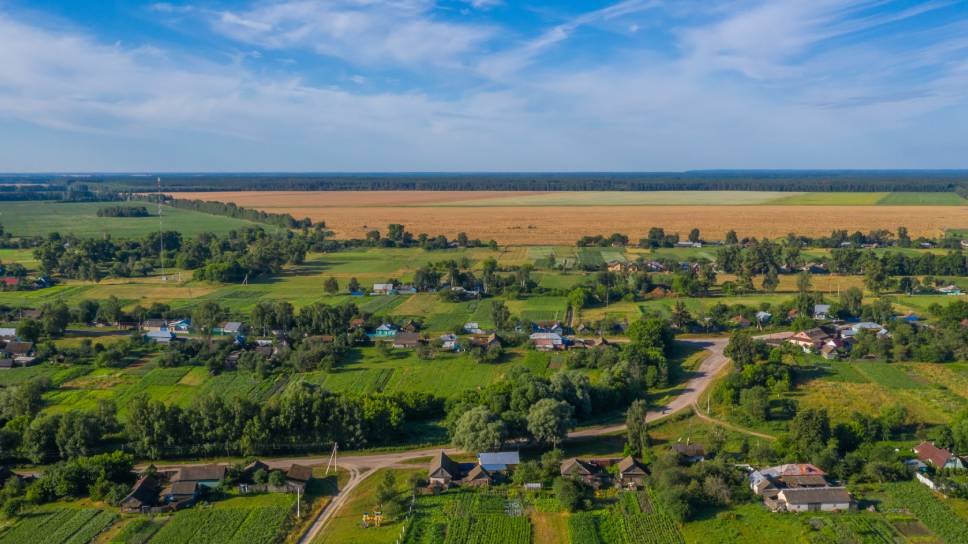
2. Formalities
In order to consider your dream house, first of all you need to obtain a building permit. For this purpose, it is necessary to submit a set of documents to the Commune Head (Wójt), District Governor (Starosta) or Mayor of the City, i.e:
- the Decision on Land Development and Management Conditions , if there is no Local Zoning Plan
- a statement about the right to manage the property including the construction option
- 4 copies of the construction design + opinions + understandings + permits
- confirmation that the designer, on the date of submitting the application, is entered into the register of the competent chamber of professional self-government
- extract from the land register for the plot + adjacent plots
- confirmation of payment of stamp duty
Documents to be obtained byeach building owner and approximate cost of obtaining some of them are as follows*:
- an extract and an excerpt from the Local Zoning Plan (zoning conditions) - depending on the number of pages -
- a base map and a map for design purposes (to be purchased from a qualified surveyor
- a statement on the possibility of connecting to particular grids/systems (e.g. municipal office, power company, gas company)
- a decision on land development conditions (when there is no local zoning plan)
- a decision to exclude the land from agricultural production (if the land in question used to be used for such purpose)
- a geotechnical opinion (in case of difficult ground conditions or when the designer recommends examining the ground)
- a permit to determine a road exit from a public road
- a construction design
- a consent to deviate from the regulations (if necessary)
- a building permit or pre-construction notification
- a construction logbook
- a statement of the construction manager
- a notification on commencement of construction works

3. Building a house from scratch - additional costs
In each case it is necessary to consider extra costs even at the initial stages of the project, which may result from, e.g. determination of the boundaries and technical expertise. There are also other costs that need to be borne, e.g. those related to environmental decisions, water supply and legal regulations or fees associated with the decision of the conservator of monuments. Let us remember that all required decisions and permits may generate in total from 20 to even 60% of the value of the project itself. It is worth taking such additional expenses into account as early as at the stage of planning and specifying the budget. It is better to get ready for any contingency.
4. When is a building permit not required?
In certain cases, you may just simply submit a notification on the commencement of construction works, without the need to obtain a permit. This reduces the waiting time for a permit from the office to 21 days. Considering the construction of a single-family house, a building permit will not be required for the following:
- one-storey detached buildings with an area of up to 25 m2 (sheds, orangeries and arbours)
- domestic sewage treatment plants
- temporary buildings not permanently tied to the ground
- outbuildings up to 35 m2 - maximum span of the structure 4.80 m
- buildings damming up water below 1 metre
- domestic swimming pools and ponds up to 30 m2
- garages up to 35 m2 (their number should not exceed two per each 500 m2 of plot area) - however, such construction must be reported to the relevant administrative body
5. Building permit expiry date
The building permit (decision of the District Governor or the Mayor) is issued within 65 days from the application submission. Then you have to wait 14 days for the decision to become legally valid. The building permit has its validity period! The investment should commence within 3 years from the final issuance of the permit.
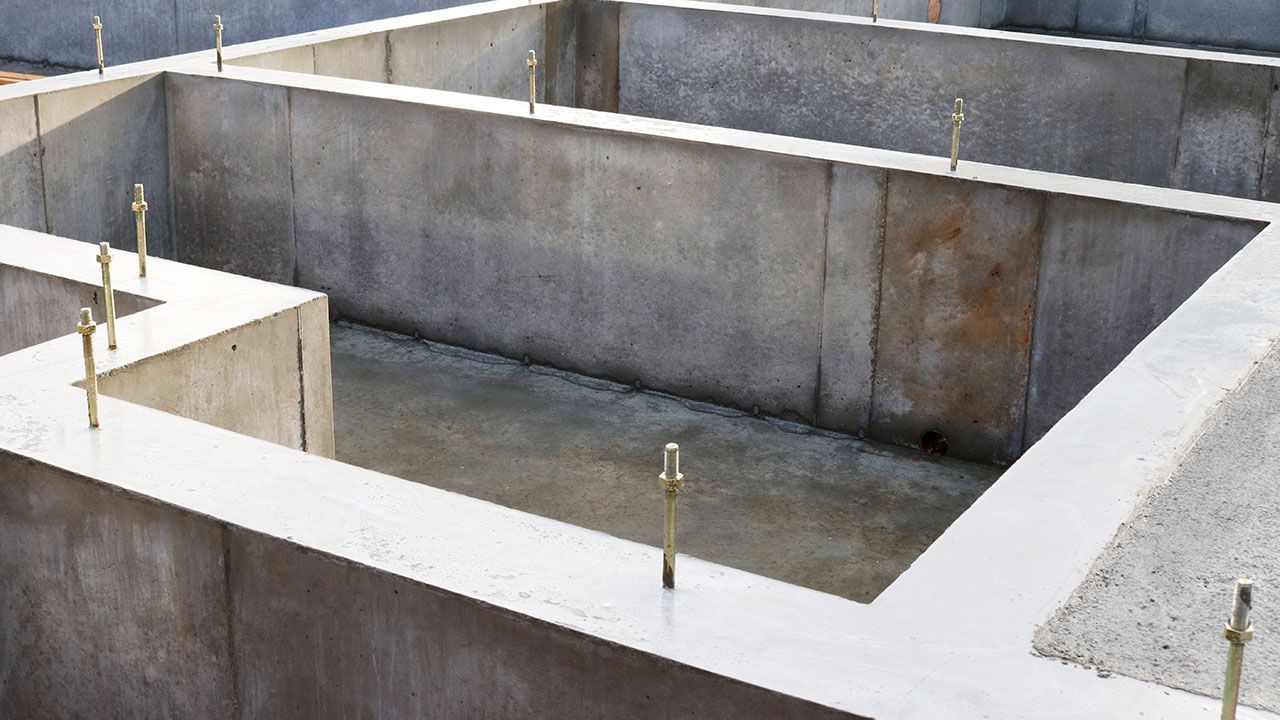
6. House construction - Step I
Before it is started, you need to pay attention to one more important issue - the selection of house construction method, which is, of course, an individual decision of each house owner. However, the material used to build a house will have an impact on the cost of the entire project, its execution time, as well as on the durability and later use of the building. The construction of a house from A to Z is most often carried out in a traditional brick form or as objects with a timber framing structure. However, we will focus here on the still most popular building objects, i.e. brick constructions.
How to start building a house?
Most often, the entire project begins with fencing the construction site, and then it is necessary to precisely mark out the location of the building itself. Remember that only a qualified surveyor can perform such actions. After marking out the borders of the property, the plot needs to be leveled and relevant arrangements made for the pouring of foundations. Here it is necessary to remember about proper insulation of the underground part, e.g. by spraying (PUR foam) and distribution of horizontal sewage elements. It may be necessary e.g. to make a drainage, which will protect foundations against unfavourable influence of dampness.
Proper foundation insulation
Why is proper foundation insulation so important at this step? It is no secret that the lowest areas of a building are the most vulnerable to dampness. It can penetrate through inadequately executed or too thin waterproofing, thus causing great damage to the house. In the future, the building owner may have to deal with rising heating bills, thermal bridges, degradation of walls, weakening of the structure, as well as mould and mildew growth.
Polyurethane foam applied with the hydrodynamic method increases its volume one hundred times; this eliminates the risk of omitting any gap which in the future may become a thermal bridge, i.e. a centre of heat leakage from the house. Application of polyurethane foam is faster and more airtight than insulation of foundations with foamed polystyrene or polystyrene boards. PUR foam secures the building much better, does not require assembly pins, and does not react with adhesive. Such preparation of foundations may help avoid a lot of problems in the future.
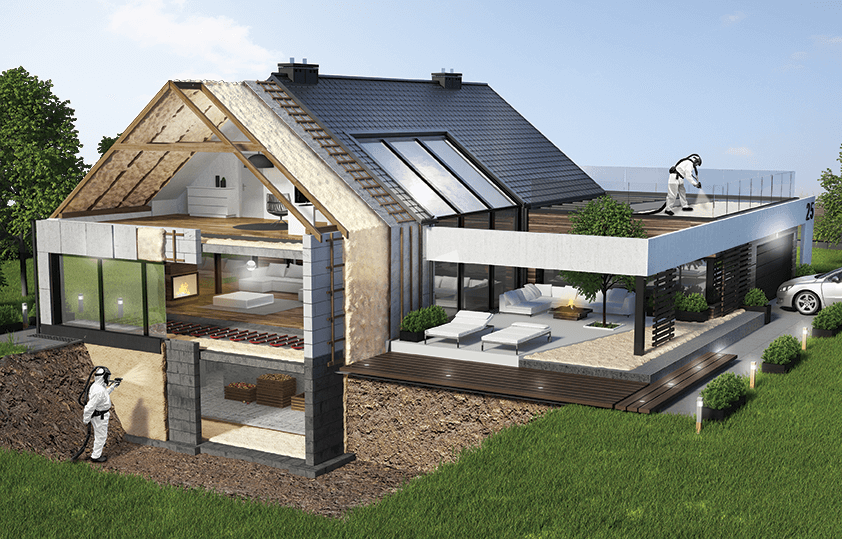
7. House construction - Step II
Commencement of a house at this step should be postponed until spring time and the date of further works should be agreed earlier with a bricklaying team and a roofer. So far all external walls, ceilings and concrete stairs have been completed and then the construction team will proceed withrafter framing, chimney, roofing and possibly installing roof windows. The pre-lock-up stage can consume quite a large amount of the budget allocated for the construction of the property (from 40 to 45% of its value).
8. House construction - Step III
During the third step of the project, electrical, water and sewage and gas systems are installed, all external doors are fitted and window frames are made. This is the so-called lock-up stage of the building, which is now properly prepared for the autumn and winter time. The laid installations must be inspected by certified installers, who will check their correctness and make a technical acceptance. Then you can proceed to laying drywall, tidying up the construction site and erecting a permanent fence around the entire property.
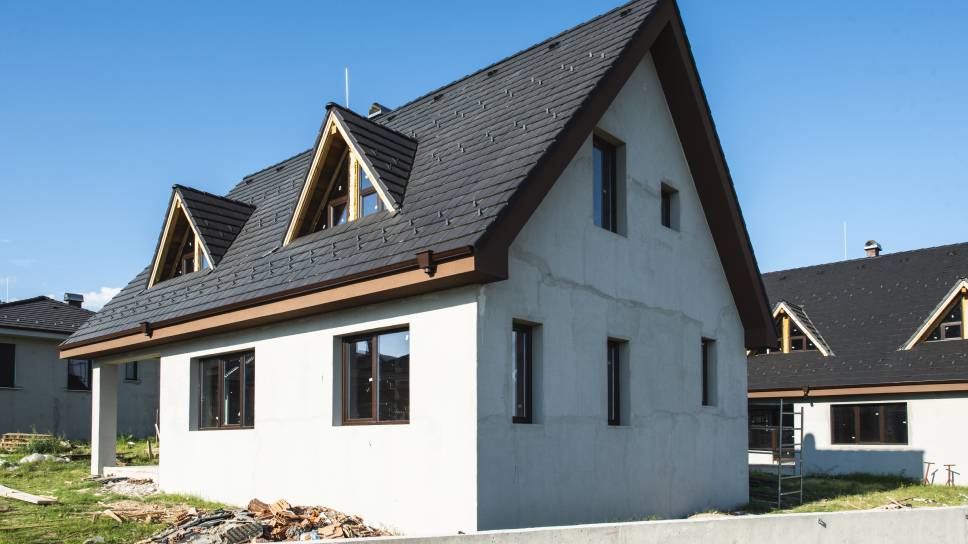
9. House construction - Step IV
External thermal insulation is crucial in single-family housing, as it can significantly reduce heating and operating costs for the entire building. The use of the latest thermal insulation technologies allows for minimal heat loss, rapid heating of the rooms, as well as maintaining an optimal level of humidity inside. Such solutions are perfect for a brand new house and the house already in use, however, to include these as the total cost of the project at the very beginning of construction will pay for itself quickly, moreover, it will not require renovation in the future, allowing to avoid related inconveniences.
Considering the available methods of insulating a house, choosing polyurethane foam seems to be the most reasonable solution at the moment. This material is characterised by lightness, vapour-permeability, good sealing and ease of installation. Polyurethane foam is one of the fastest methods of making insulation, which is performed in a spraying method. As a result, ypu may form a thermal insulation barrier over a really large area of the house (daily up to over 250 m²) in just a few hours.
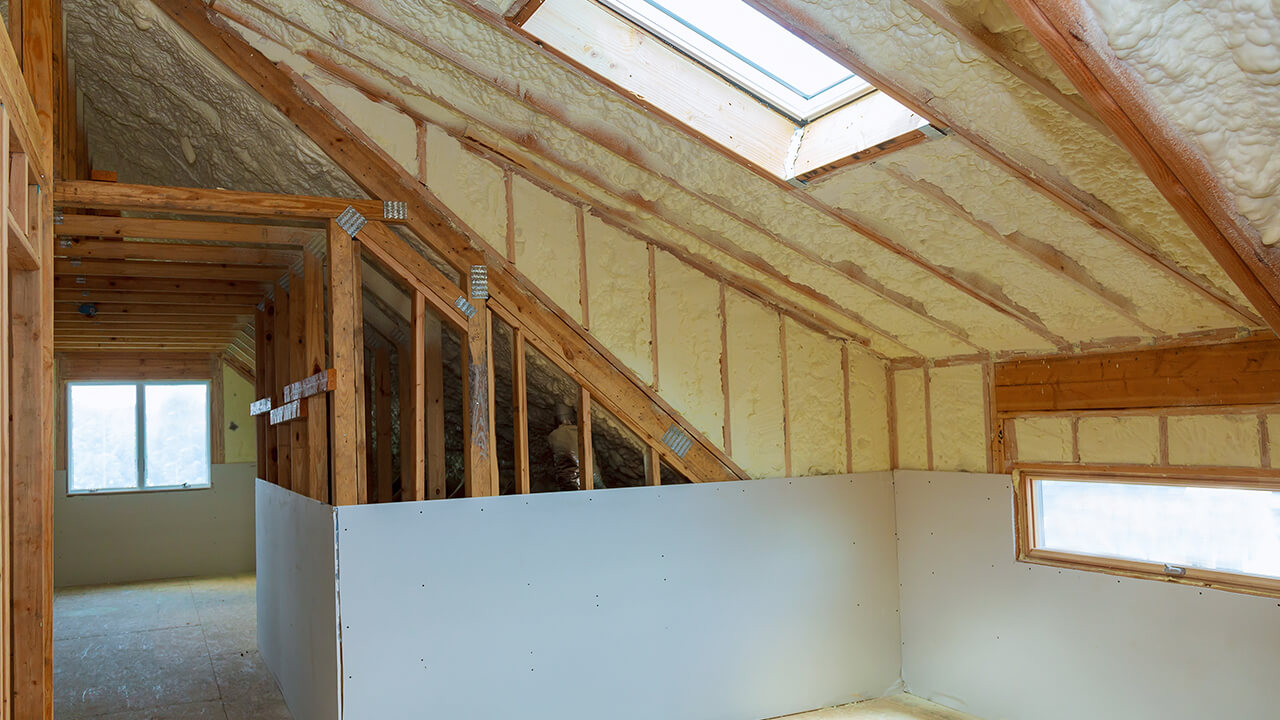
10. House construction - Step V
This step of the construction work involves cleaning up the site, removing the information board, temporary fencing, objects set up on the plot for the purpose of carrying out construction, machinery and equipment. This is followed by:
- acceptance of construction and installation works (confirmed by an entry in the construction logbook)
- checking and acceptance of service lines and internal installations, including ventilation, electrical, water, gas systems, chimney ducts
- provision of an energy performance certificate, which specifies the source of energy and the manner of its consumption
The above documents must be issued by persons holding appropriate qualifications.
For the final "acceptance" of the house, a geodetic survey will also be necessary, i.e. all objects will be measured and plotted on a base map. It takes about a month to receive such documents.
However, there is still a long formal way from the actual completion of construction to the moment when you can live in your house. You have to submit a notification on completion of construction works to the District or Regional Construction Supervision Inspectorate:
- a construction log book
- a statement of the site manager
- a protocol of service lines acceptance
- an inspection and acceptance protocol of internal systems
- an inspection report on chimney ducts
- an as-built geodetic survey
- a copy of the energy performance certificate
- a copy of the legally binding decision on the building permit
- documents included in the building permit
- a copy of the construction design with any changes and supplementary description
If the notification on completion of the building was complete, the building supervisory authority will grant a so-called tacit permit for habitation. If we do not receive any official letter within 21 days from the date of filing the application, it means that we can legally start using our house.
11. Things not worth saving on?
The construction of a single-family houseis a time- and money-consuming activity, but it is not worth saving and looking for shortcuts. It is important to mention the things to avoid in the context of looking for savings. First of all, it is advisable to maintain a sensible approach to the issue of saving money on construction and certainly it should not be done by reducing the quality of construction materials. It is definitely worth to focus on thorough, professional and optimal insulation of the building at the very beginning of the project, e.g. with the use of PUR foam, which will allow to achieve satisfactory energy efficiency of the building and thus to reduce subsequent operating costs. This is a key issue which is often overlooked by building owners.
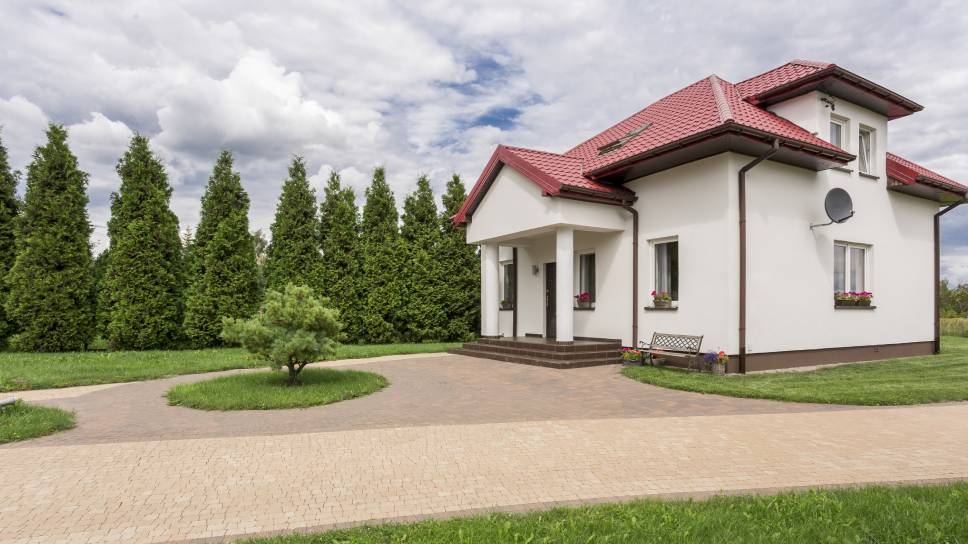
 This website uses cookies. By using this website, you consent to the use of cookies in accordance with your browser settings.
This website uses cookies. By using this website, you consent to the use of cookies in accordance with your browser settings.